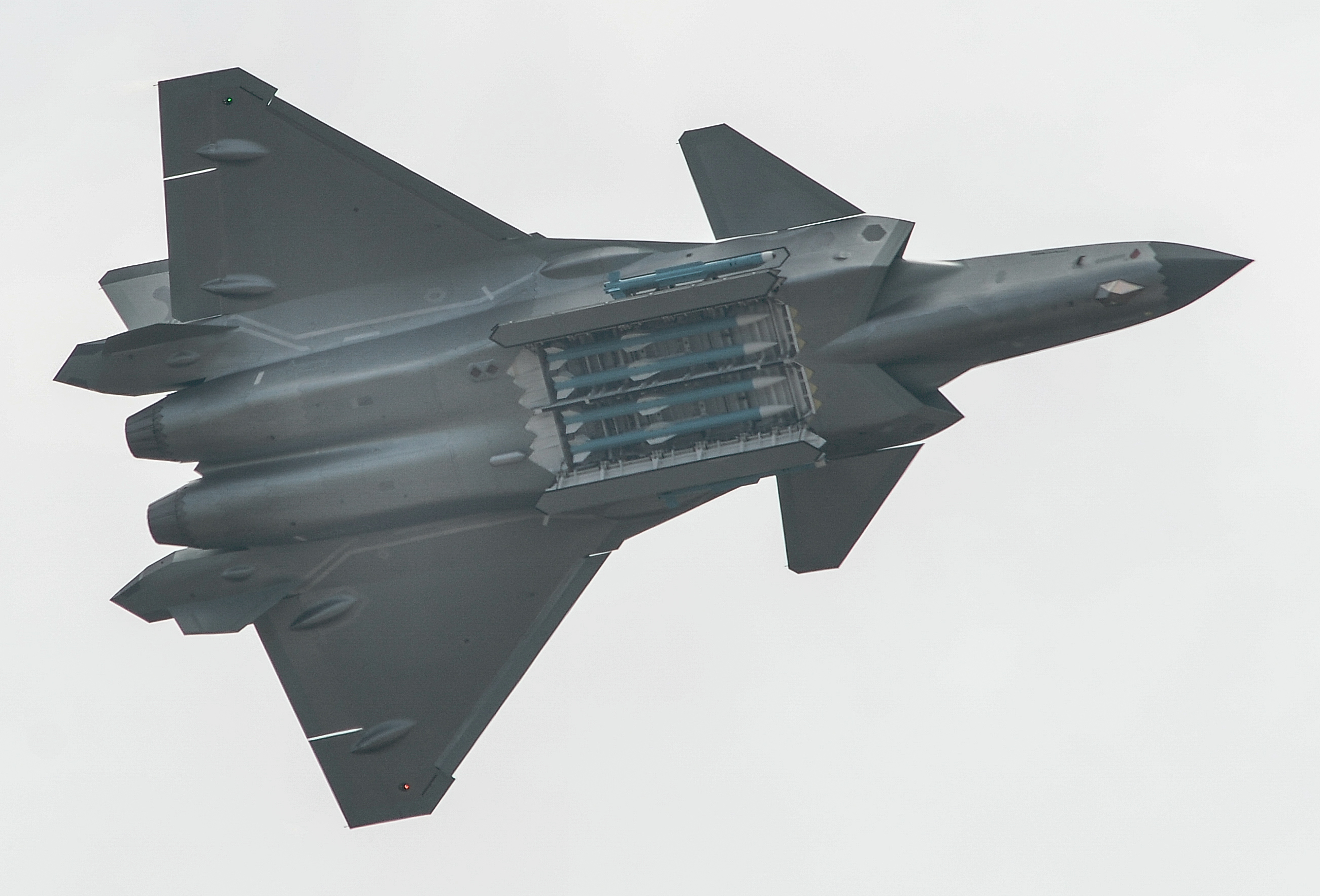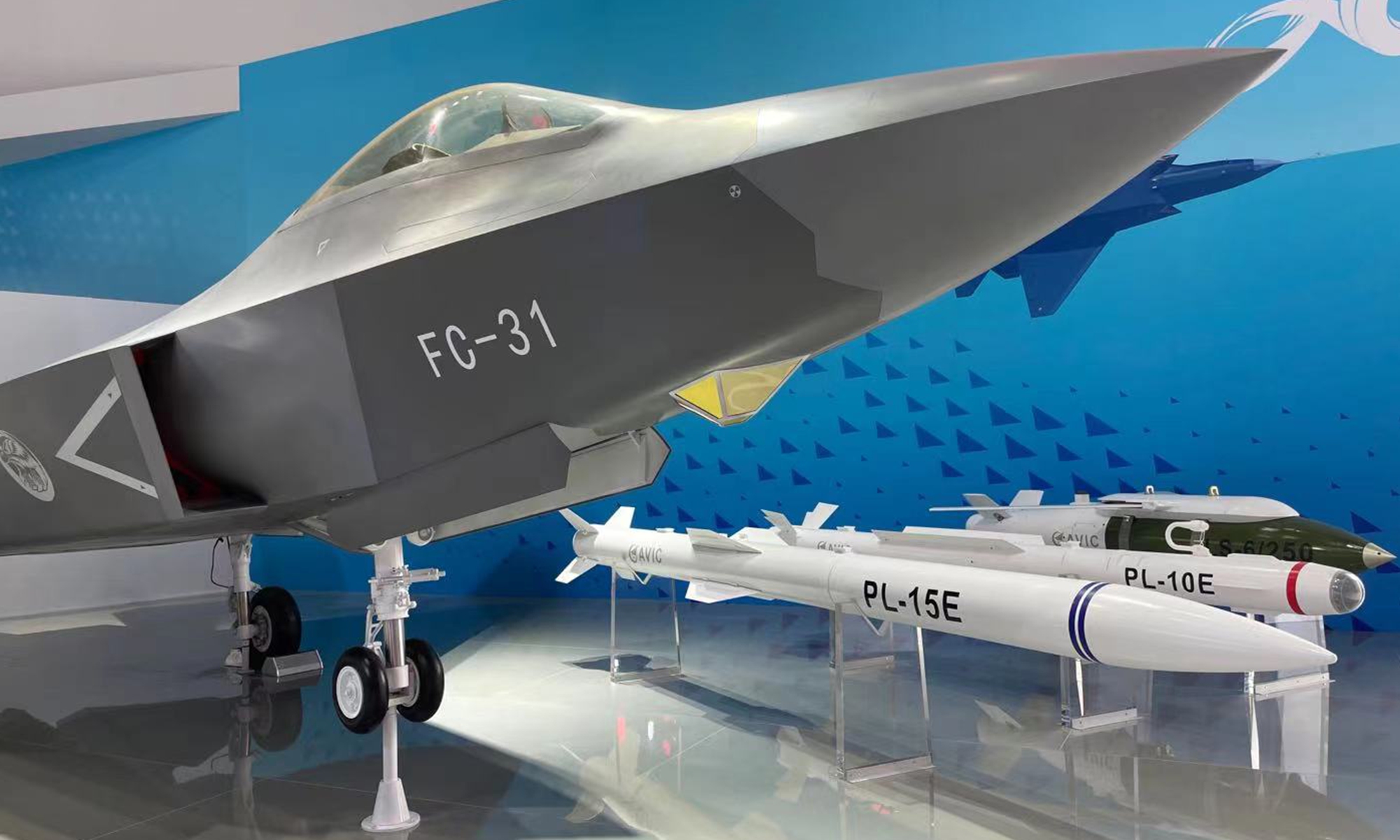Data published by the US Air Force (USAF) has given some significant insights into the Joint Advanced Target Missile (JATM) program, which reportedly kicked off in 2019.
Even though this air-dominance program has been kept classified by the USAF, media reports had earlier revealed some basic details.
Developed by Lockheed Martin in collaboration with US Air Force and Navy, the new weapon ‘AIM-26O’, a long-range missile, is a successor to the AIM-120 Advanced Medium-Range Air to Air Missile (AMRAAM).
In support of the Lockheed Martin AIM-260 JATM program, the US Air Force has been flying QF-16 Full-Scale Aerial Target, or FSAT, sorties. While the AIM-260, or JATM, is still a top-secret weapon, it’s evident that testing is well underway, with roughly 30 FSAT missions carried out only last year, reported TheDrive.
The US Air Force had earlier publicly said that the emergence of the Chinese PL-15, a long-range air-to-air missile featuring a dual-pulse rocket motor, was a key factor in the decision to start the AIM-260 program.

The report was based on a source that evaluated the data published by the USAF and concluded that various test missions were performed by the QF-16 Full Scale Aerial Target (FSAT). The QF-16 is a modified variant of retired F-16 to be used as an advanced modern-day realistic aerial target.
The F-16 fighter jets have been converted to drones and are being utilized as targets as well as manned test assets for chase and range instrumentation flights to assess the new AIM-260.
It is being speculated that the USAF might unveil the weapon early next year. The move assumes significance given America’s tensions with both Russia and China.
The test missions were launched from Tyndall Air Force Base in Florida as the base and its target drones are frequently used to assist live-fire missile sorties. JATM flight tests were supposed to start this year, according to previous reports. Overall, the 2020 data offers an insight into the program that is operated largely in secrecy.
The new missile is so classified that the Air Force has spent $6.5 million to construct a JATM storage facility at Hill Air Force Base, Utah, to keep it secure under the Special Access Program’s security standards.
The AIM 120-D Long-Range Missile
The AIM-120 AMRAAM is a new generation all-weather weapon manufactured by Raytheon. Earlier, the US Air force had upgraded it with a new variant, AIM-120D AMRAAM to compete with the Chinese PL-15, as previously reported by the EurAsian Times.
The AIM-120D has upgraded software that allows frequency hopping and switching to allow it to stay on course to its target and is reported to have delivered “game-changing” capabilities to the fleet.

The new missile was projected to outrange the AIM-120 while also matching or exceeding Chinese and Russian efforts in the field of very long-range air-to-air missiles. However, the need for a superior missile with an extended range might have encouraged the US to develop a more advanced missile that could outrange the Chinese PL-15.
The new AIM-26O is expected to look similar to the AIM-120 as no pictures have been taken of the 30 odd tests that have reportedly been conducted by the USAF, according to The Drive.
America’s Answer To Chinese PL-15?
The PL-15 is a very sophisticated long-range beyond visual range (BVR) air-to-air missile (AAM) currently in use by the People’s Liberation Army–Air Force (PLAAF).
According to its manufacturer, the Aviation Industry Corporation of China, the PL-15E “has the ability to attack manned aircraft, unmanned aircraft, cruise missiles and other targets located more than 145km [90 miles] away”.

It is powered by a dual pulse rocket motor and is equipped with a two-way data link for dynamic retargeting in the air. The estimated range of the PL-15 is reportedly 200 kilometers with a large NEZ (no escape zone).
The export variant of the missile, PL-15E, has lower specifications. But still, it has a higher range than its American counterpart AIM-120D, according to a previous report of the EurAsian Times.
The missile is capable of destroying long-range and short-range aerial as well as surface targets. The PL-15 is extremely formidable due to its greater BVR capacity over those of other countries.
A comparison of the range reveals that the Chinese PL-15 has the upper hand. According to reports in the American press, Washington is concerned about Beijing’s very long-range missile that has been touted as a game-changer by the PLAAF.

Chinese aircraft including the fifth-generation J-20 stealth jet, J-16, and J-10C have reportedly been armed with PL-15 missiles. And it looks like China’s second stealth fighter FC-31 will also carry this lethal weapon. Concerns have been raised in the United States about PL-15’s range, which some fear may “nullify” American air superiority.
AIM-260: Race To Achieve Air Superiority
The new AIM-260 is being developed primarily to outrange the Chinese missiles which could possibly be achieved through propulsion or a different warhead design. TheDrive speculated options and inferred that because of the dimensional constraints, a ramjet motor like the one employed in the pan-European Meteor missile is not possible.
As a result, a new solid-fuel motor, potentially a dual-pulse kind to ensure energy across the flight envelope like the PL-15, seems more plausible.
This new propulsion unit, as Aviation Week’s military editor Steve Trimble pointed out, might be paired with miniaturization of other components to increase the fuel load and eke out even more range.
Advanced highly-loaded grain propellant, which is also being researched for use in other air-to-air missiles, could assist boost performance without adding to the overall size of the missile.
Trimble also mentioned that alternative warhead possibilities exist, such as a direction warhead, which might be smaller than the normal type but more accurate, allowing it to be scaled down. Another option is a hit-to-kill missile.
However, the clear picture will only emerge once the United States Air Force completes the tests and unveils its AIM-260 very long-range missile. One thing is sure and that is the missile will have a range on par or longer than the Chinese missile.
As competition gets heated and the overall geopolitical differences spill over to newer flashpoints, especially in the Indo-Pacific, an arms race like this one is expected to continue. China’s rise is the biggest challenge that the United States is faced with and as China asserts itself militarily over American allies, the fault lines are going to become stronger.
- Contact the author at sakshi.tiwari9555@gmail.com
- Follow EurAsian Times on Google News




